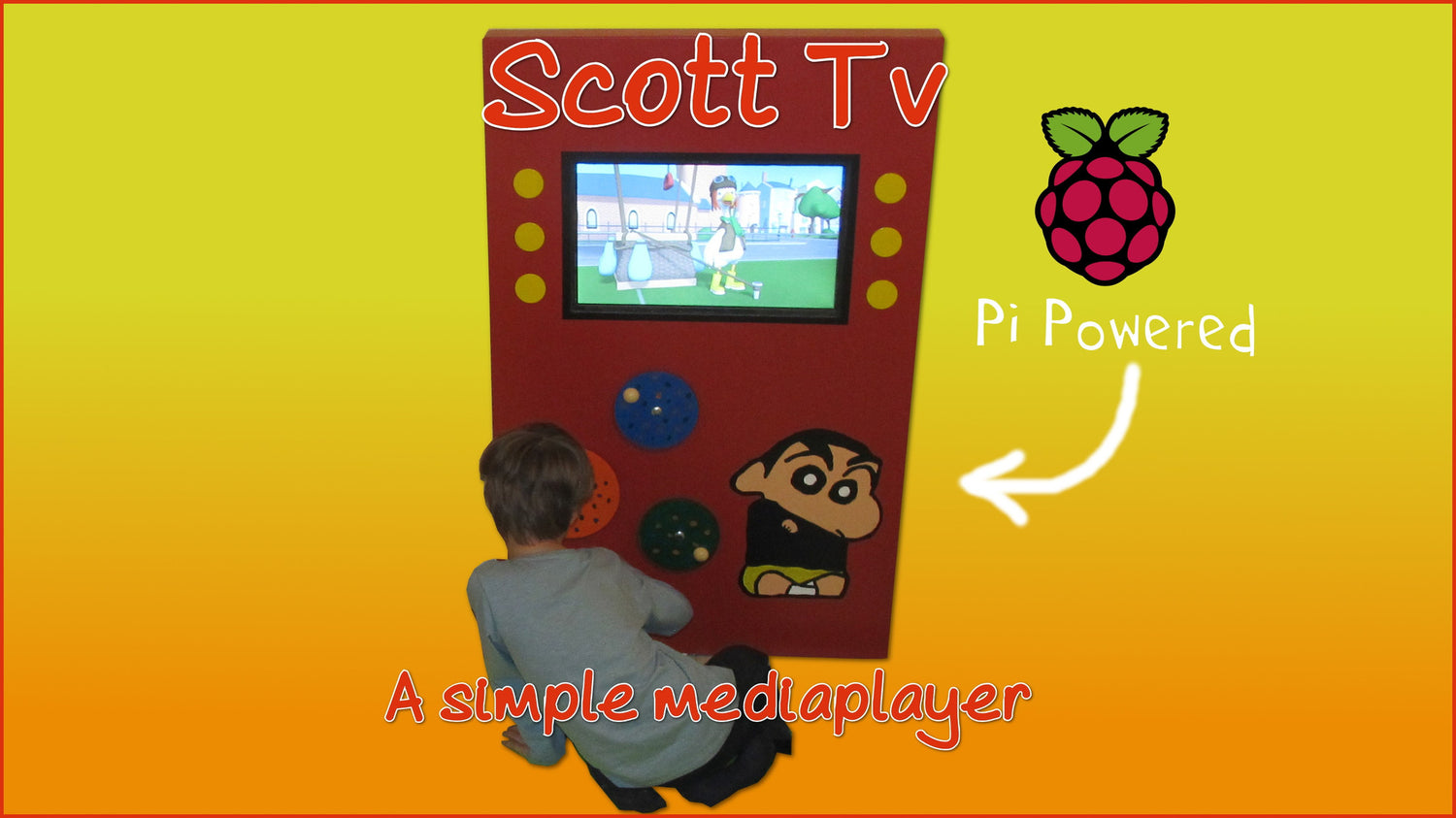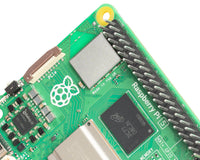
Raspberry Pi Roundup - 6th May 2016
Autism-friendly media player

Alain Mauer‘s son Scott is autistic, but that doesn’t mean that he can’t benefit from the cool stuff technology can do, nor should it! Alain decided that he wanted to set-up a media centre/player for his son but needed it to be bright and colourful and easy-to-use. There was nothing on the market, so he went big and built the system you can see above. It uses 6 big buttons to enable Scott to choose which cartoon to watch. Read more here.
GPIO Zero updated

GPIO Zero, the easy-to-use Python library for the Raspberry Pi’s GPIO pins has just had an update on the Raspbian repository. It’s been available for a couple of weeks now via a slightly convoluted route, but is now available with a simple:
sudo apt-get update && sudo apt-get install python3-gpiozero
The update includes the following new features:
- An interface for the Energenie GPIO add-on board (and therefore the RF plug sockets it controls)
- A generic object for line sensors.
- A generic object for ultrasonic distance sensors.
- An object for the SnowPi add-on board.
- An idea of a ‘holdable button’ so you can specify different actions to occur if a button is pressed momentarily and when it is pressed and held.
- A pulsable LED (which could be done before, but this makes it simpler)
- More support for Analog to Digital converter chips.
- Various bells-and-whistles.
Game creation

The Game Creators have just announced that they have released their AppGameKit software for the Raspberry Pi free-of-charge.
CEO Lee Bamber said:
“It’s the full AppGameKit BASIC, which has the IDE, can compile and broadcast (includes broadcasting to iOS and Android devices that have the player app on them) and allows access to the GPIO pins so you can code input and output to external add-ons (LEDs, devices etc).”
According to the blurb on their website, you create “games usingAppGameKit’s powerful & easy to code syntax, combined with additional features for the Raspberry Pi such as reading & writing to the digital GPIO pins”.
Sounds very interesting, and anything which gives more options for programming on the Pi can only be a good thing!
Take a look at the software here.
Baby monitor

Aaron Davies has posted his project up on the Element 14 website. In it, he creates a baby monitor using the a Raspberry Pi 3, a new Pi NoIR v2 camera module and some infra-red LEDs. He uses some software downloaded from GitHub and changes the configuration options to detect movement. Nice little project for any version of the camera module and makes good use of the Pi 3’s inbuilt wifi capabilities. Read more here.





